Should an alcove be painted lighter or darker? How to make the most of this architectural feature
Light and dark alcoves can have a completely different effect - here's how to decide which is best
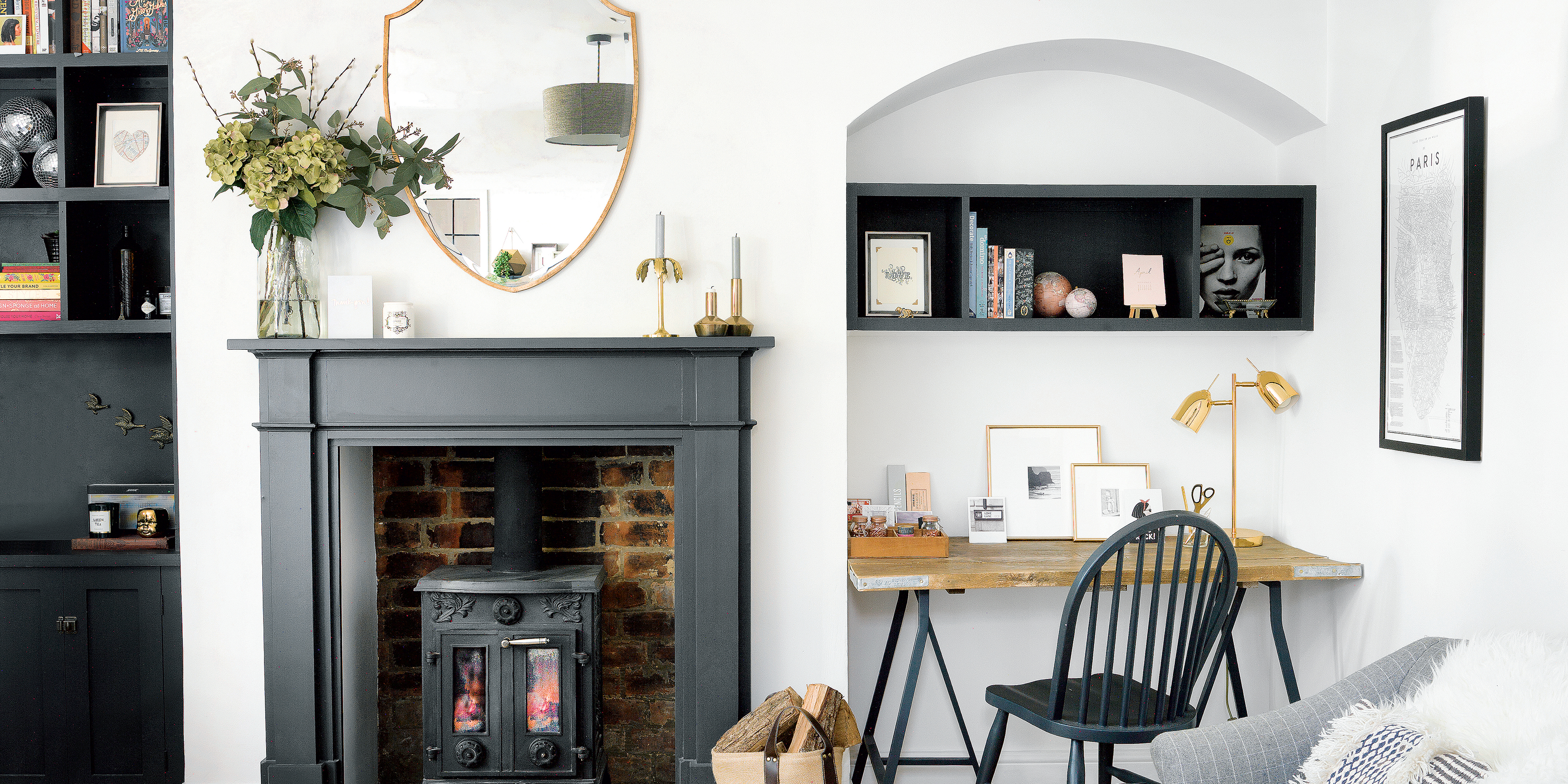

If you're lucky enough to have an alcove in your house, you probably want to make the most and style the space to its fullest potential, but should an alcove be painted lighter or darker, or even the same colour as your other walls?
Alcove ideas can easily become the focal point in a room, especially when painted in the right colour. That's why it's helpful to know whether an alcove should be darker or lighter than the rest of the space. One thing's for sure - either option can have a definite impact.
'Painting alcoves lighter or darker than the rest of the walls can dramatically influence the atmosphere of a room, as well as the perception of space within it,' says Anna Hill, Brand Director and Colour Consultant, Fenwick & Tilbrook.
Whether you're using your alcove for extra living room storage or you want to create a cosy reading corner in a bedroom, knowing what colour to paint your alcove is the best starting point. We spoke to the experts and asked them - should an alcove be painted lighter or darker - so you can make the right decision for your home.
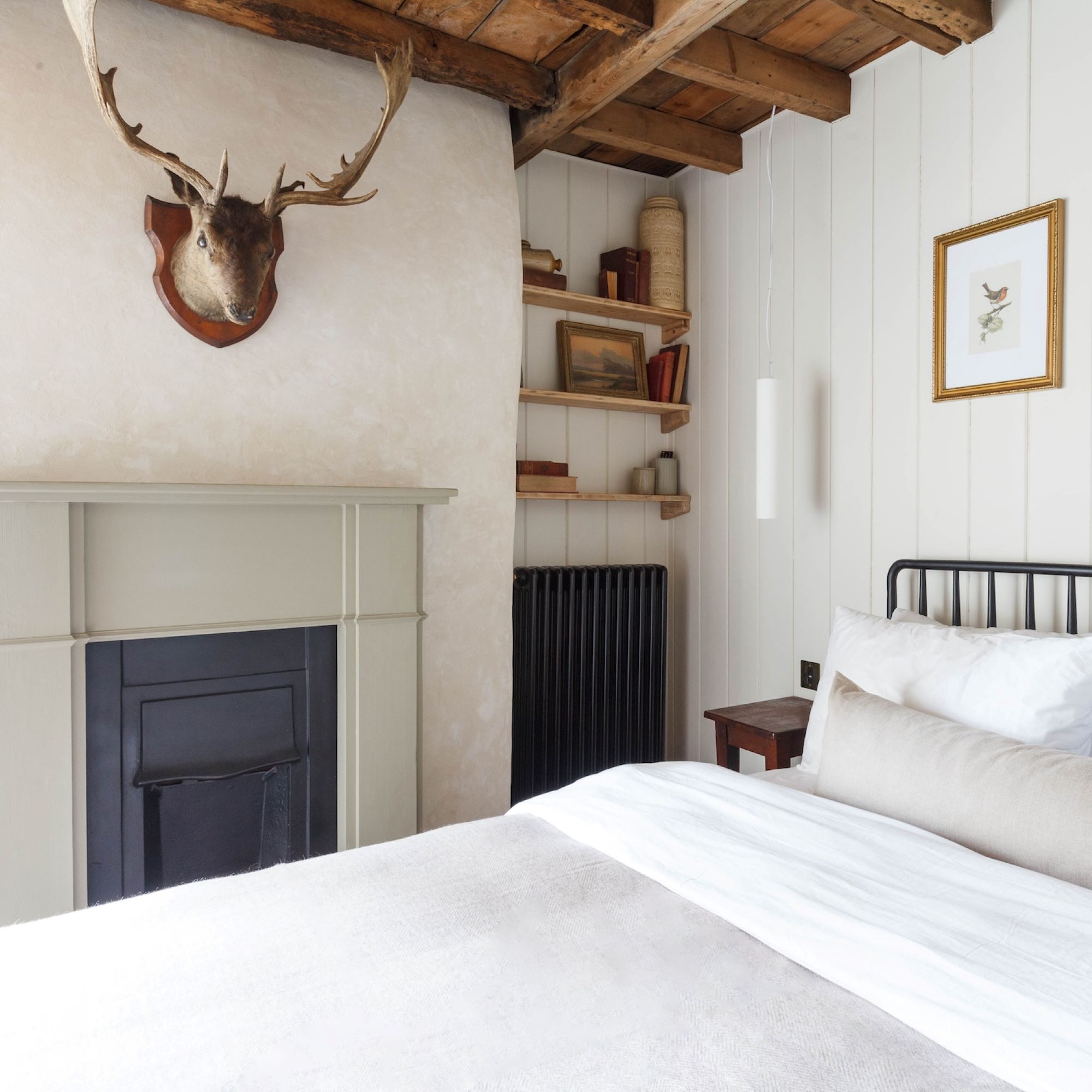
Should an alcove be painted lighter or darker?
The short answer to should an alcove be painted lighter or darker is - it depends. Different rooms will benefit from either a light or a dark alcove, so the colour you use needs to be chosen in relation to the space you're working with.
Similar to whether kitchen walls should be painted lighter or darker than cabinets, there are different factors to consider when it comes to painting an alcove. The experts have broken down the different impact of both light and dark alcoves, so you can make a decision that will suit your space.

Painting an alcove darker
'For rooms with light-coloured furniture, large open spaces and lots of natural sunlight, painting your alcove with a darker colour can add a striking contrast to your room whilst adding depth, creating a cosier atmosphere,' says Paige McCallum, Paint and Wallpaper Buyer, Homebase. 'Dark accent colours in an alcove are great ways to build relaxation areas, split up spaces, and create a sense of intimacy.'
For example, in neutral living room ideas, a darker alcove will create a natural focal point in the room and add dimension to the otherwise neutral space. Painting the alcove darker than the surrounding walls means that it becomes more distinct, which is ideal if you want to draw attention to the area - for instance, if you were creating a cosy reading nook or styling the alcove via shelving.
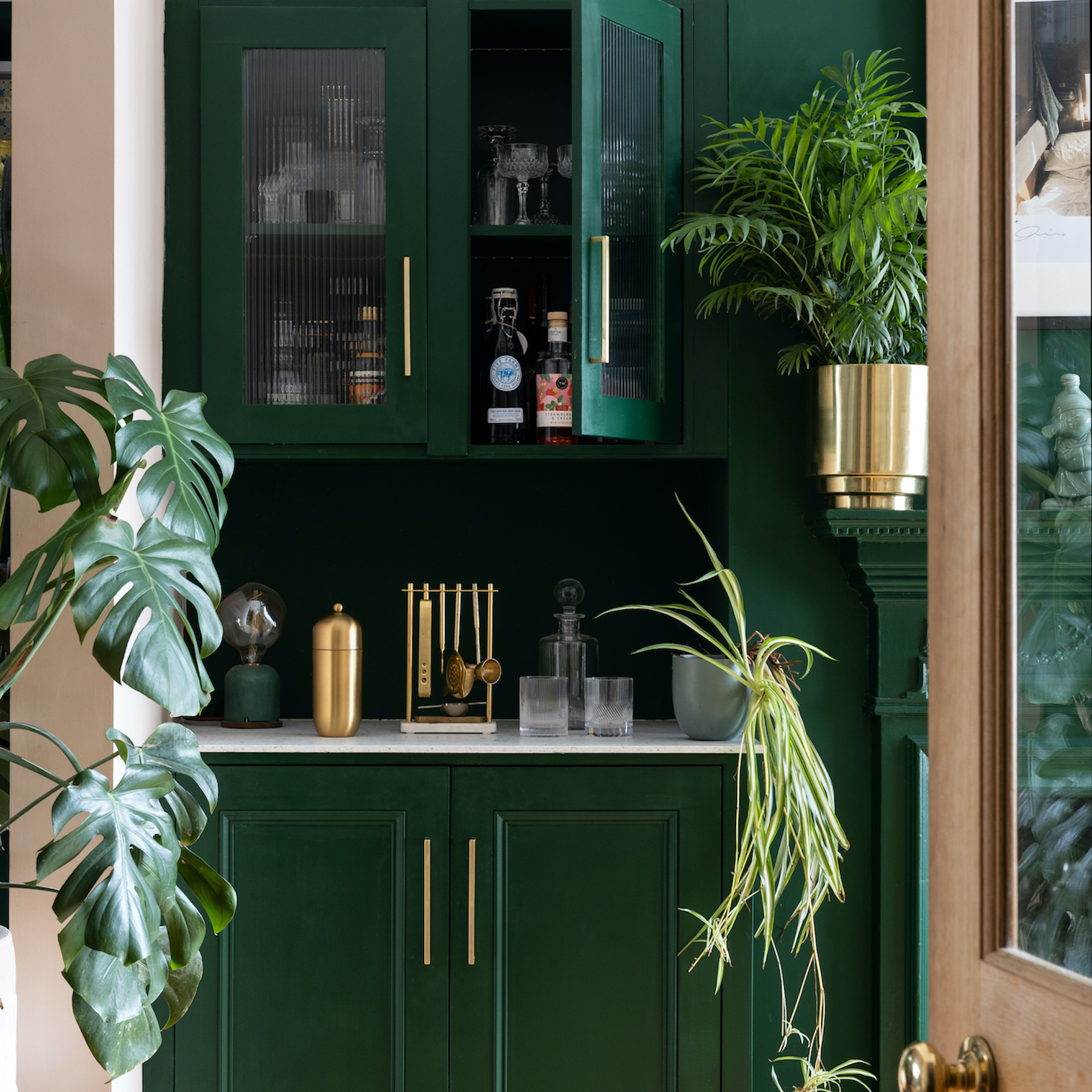
'If you go for a darker colour, it can add depth, cosiness and create an intimate feeling,' Anna from Fenwick & Tilbrook says. 'Going darker works particularly well in larger rooms, open-plan spaces or rooms with ample light as it can create a striking contrast without making the area feel like it's closing in on you.'
Painting an alcove lighter
Painting an alcove lighter than the surrounding walls has a completely different effect. It's the better option for smaller rooms because it will help to enhance the sense of space and openness.
'When looking to help widen a room and attract more light, using lighter tones and neutral colours in the alcove allows you to brighten the area, giving the illusion of more space,' Paige from Homebase explains. 'This is especially useful when working with narrow alcoves to help highlight the space amongst contrasting wall colours.'
'Lighter alcoves are ideal for rooms where space or natural light is at a premium, and to prevent the alcove from feeling overly recessed or shadowy,' Anna agrees.
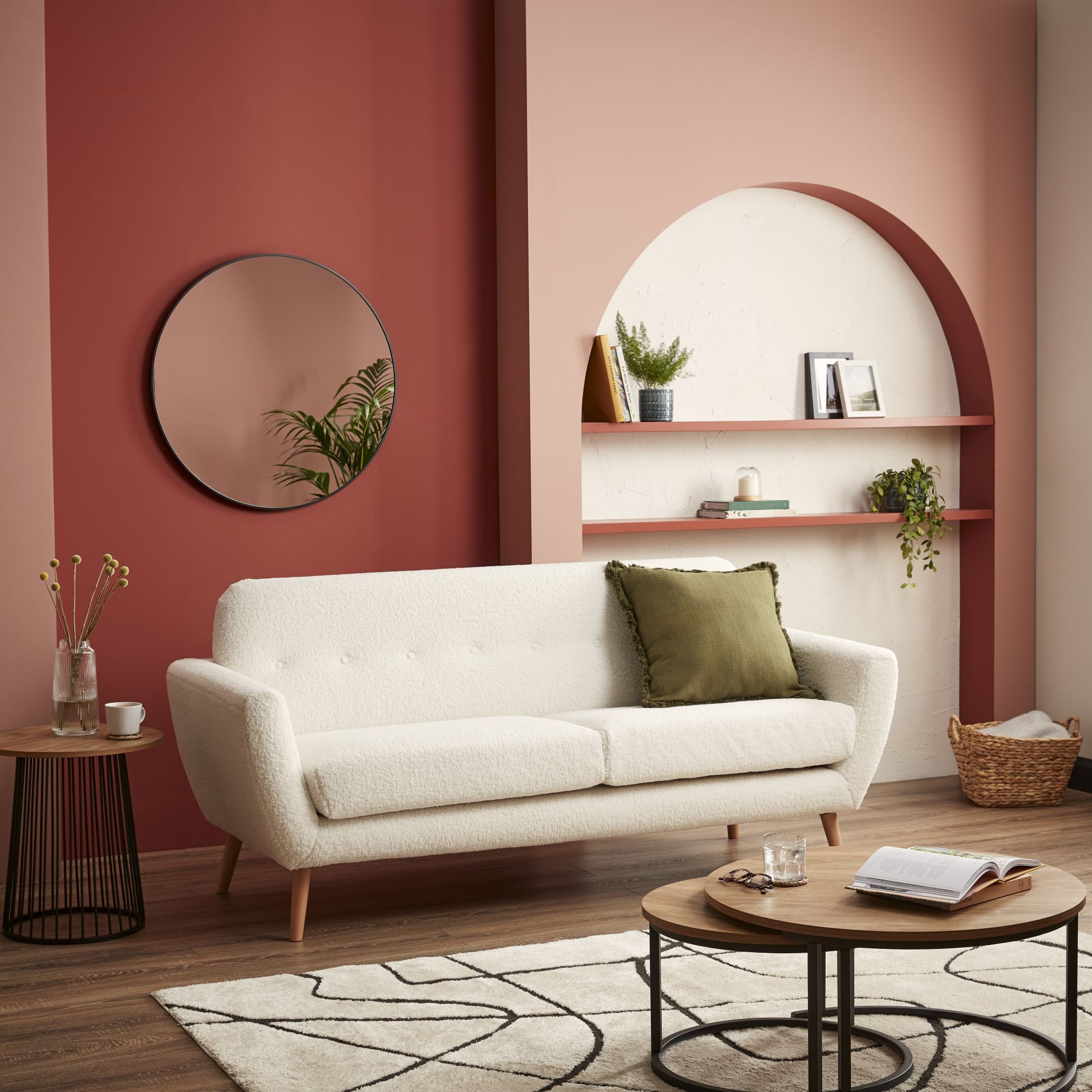
Small bedroom ideas would benefit from a lighter coloured alcove. The natural depth and dimension that the alcove provides, coupled with brighter tones, would help the walls feel naturally more expansive.
In terms of colour combinations, painting the alcove at least a couple of shades lighter than the rest of the room would provide further depth and contrast, highlighting the alcove as a natural focal point in the room. Using the alcove as a point of architectural interest in this way is a nice way to add dimension to the room, without taking anything away from the space.
So, should an alcove be painted lighter or darker?
There's no hard and fast rule when it comes to the question of whether an alcove should be painted lighter or darker. Both options have effects that are better suited to different rooms.
The experts recommend painting an alcove darker if you have more space to play with, as a deep contrast with the surrounding walls can help create a distinct area within the room, or zone. This is ideal if you want larger spaces, such as open-plan living rooms, to still have cosy or intimate areas. A darker alcove would be perfect for creating a snug reading nook for instance.
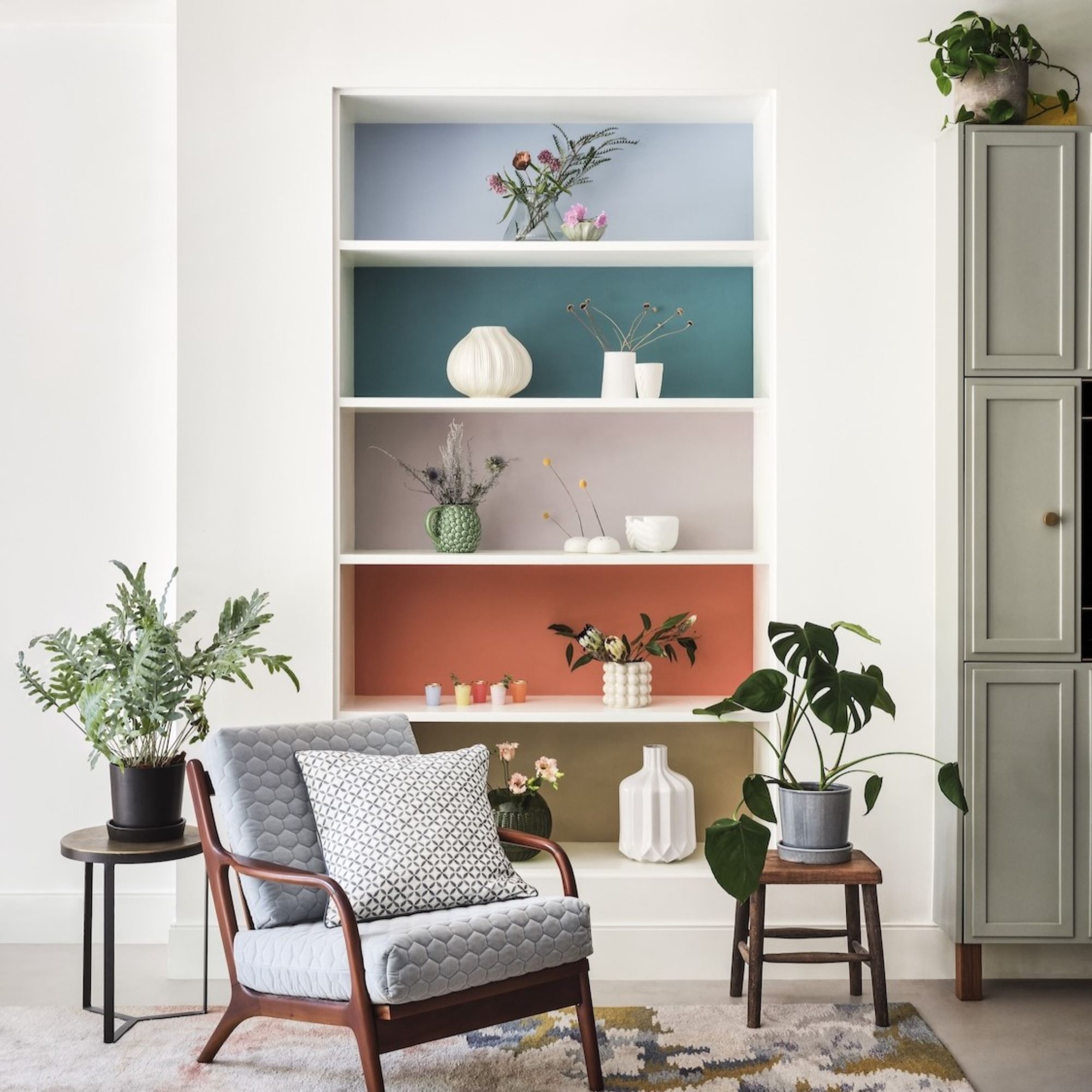
On the other hand, painting an alcove lighter is great for opening up a space. Lighter alcoves help to create the illusion of the walls being more expansive. Plus they add dimension and interest to a room, but without taking anything away from the rest of the space.
Consider also the location of the alcove. If it's in an area that naturally receives a lot of light, such as opposite a window, it's safe to paint it darker than the surrounding walls. But if it's in a shadowy area, it's better to paint it in a lighter shade to avoid adding to the closed-off feeling.
FAQs
Do alcoves have to match?
If you have more than one alcove in a room, the colours you paint them - and whether these should match - depends on their location.
'If you have two alcoves on either side of a fireplace, I would recommend ensuring both alcoves match to achieve a more symmetrical and peaceful look in your room,' says Sarah Ross, Brand Director, Addison Ross. 'However, if your alcoves are sat in different areas within your space, you can have fun with them by choosing different colours to work with, adding even more depth to your space.'
So, the alcoves don't have to match - but if they sit opposite each other, matching colours would create a nice symmetrical aesthetic. If they're placed more randomly, you can create separate focal points and more visual interest by using a complementary colour scheme - i.e., choosing two shades that sit opposite each other on the colour wheel.
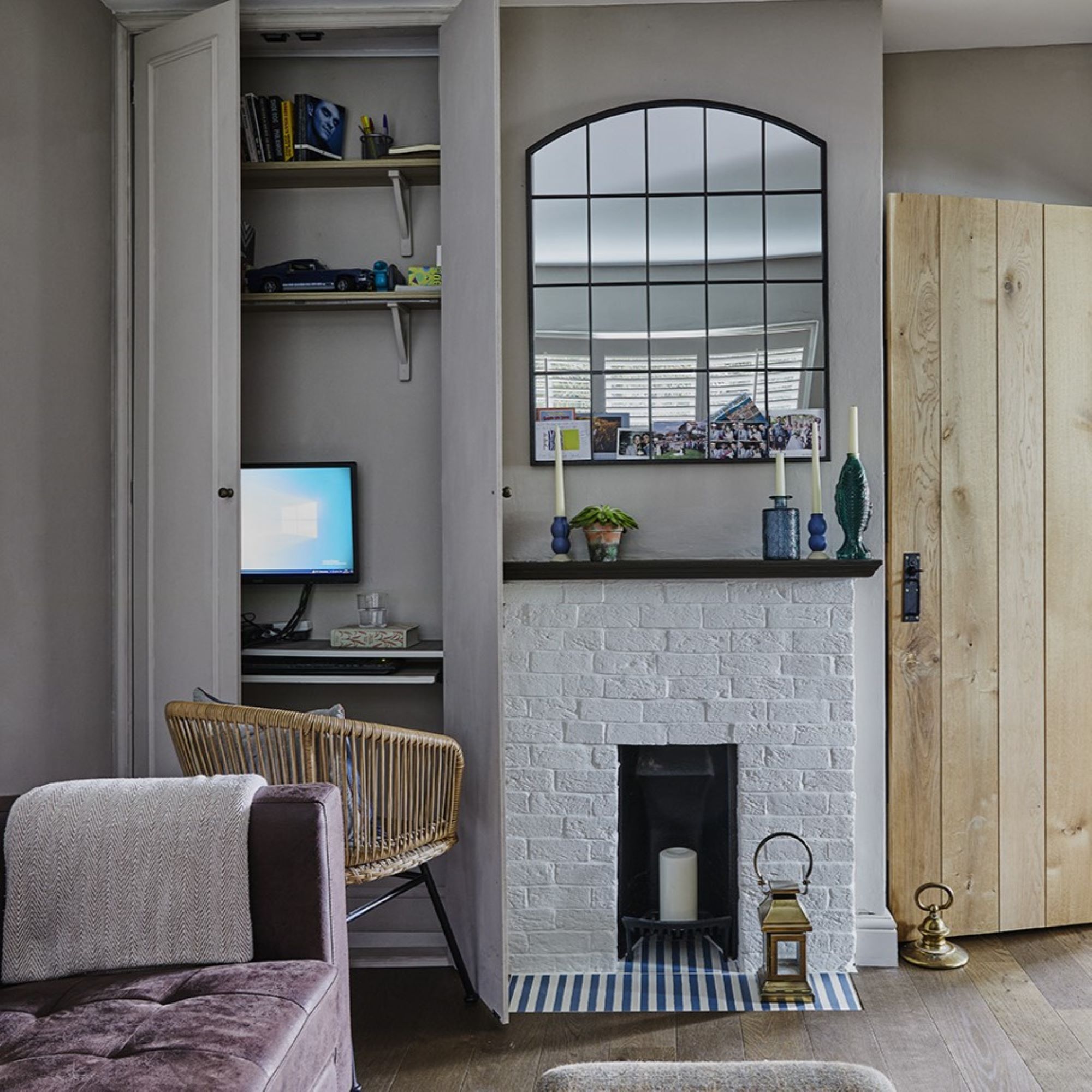
Should you paint your chimney breast another colour?
'Your chimney breast doesn’t necessarily have to match your alcove colour,' Sarah says. 'It very much depends again on what look you want to achieve.'
If you want to highlight your chimney breast as a natural focal point in the room, painting it in a difference colour will add more contrast, and ensure the eye is drawn to this area. Or, you may prefer to create a more pared-back, understated look, in which case it would be better to keep the colour uniform.
'A matching chimney breast and alcove colour will certainly mean you have a cohesive looking space, but having a bolder chimney breast sat between two neutral-coloured alcoves can really make the heart of your room pop,' Sarah says.
Now you've got some context to the question, should an alcove be painted lighter or darker, what shade will you be opting for?
Get the Ideal Home Newsletter
Sign up to our newsletter for style and decor inspiration, house makeovers, project advice and more.

Katie has been writing freelance since early 2022, specialising in all things homes and gardens, following achieving a Masters in Media and Journalism. She started out writing e-commerce content for several of Future’s interior titles, including Real Homes, Gardeningetc, Livingetc, and Homes and Gardens. Since then she’s been a regular contributor on Ideal Home’s digital team, covering news topics, how-to guides, and product reviews.
-
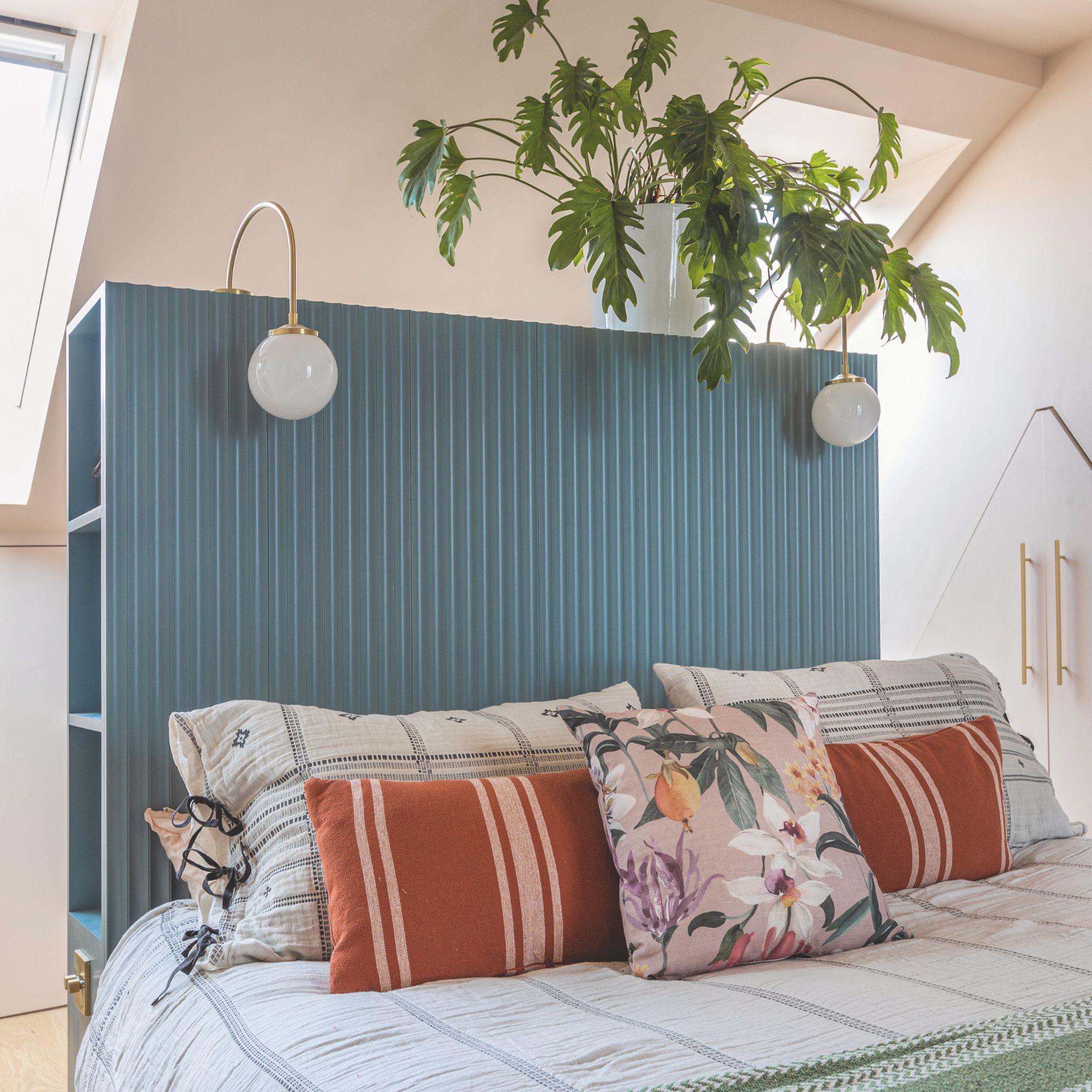 5 signs you’ve taken decluttering too far — and how you can pull yourself back, according to organisation experts
5 signs you’ve taken decluttering too far — and how you can pull yourself back, according to organisation expertsYou might have to start resisting the urge to purge
By Lauren Bradbury
-
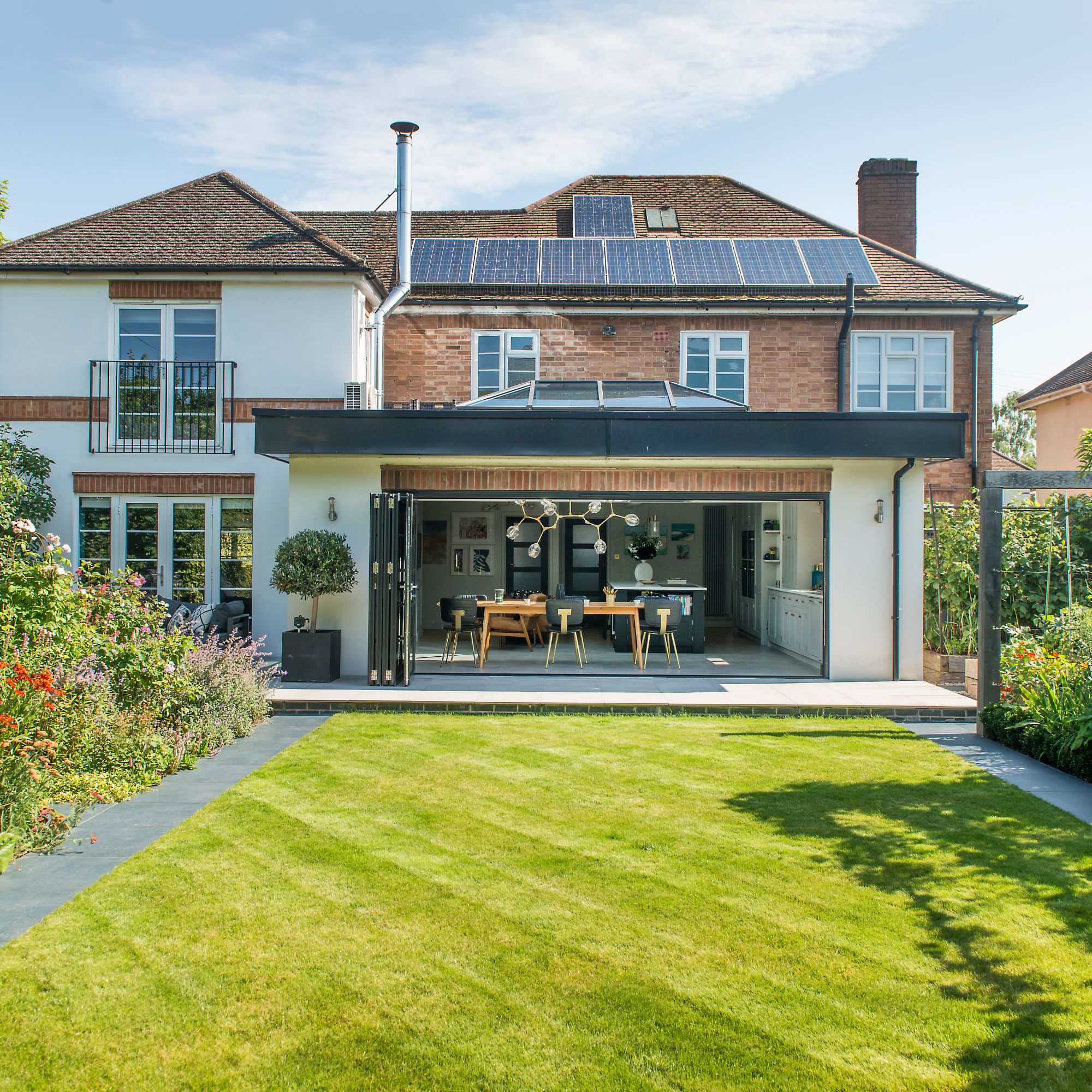 What is the Party Wall Act 3m rule and is it something you should be worried about? This is what the experts say
What is the Party Wall Act 3m rule and is it something you should be worried about? This is what the experts sayDon't get caught off-guard by the Party Wall Act 3m rule — our expert guide is a must-read
By Natasha Brinsmead
-
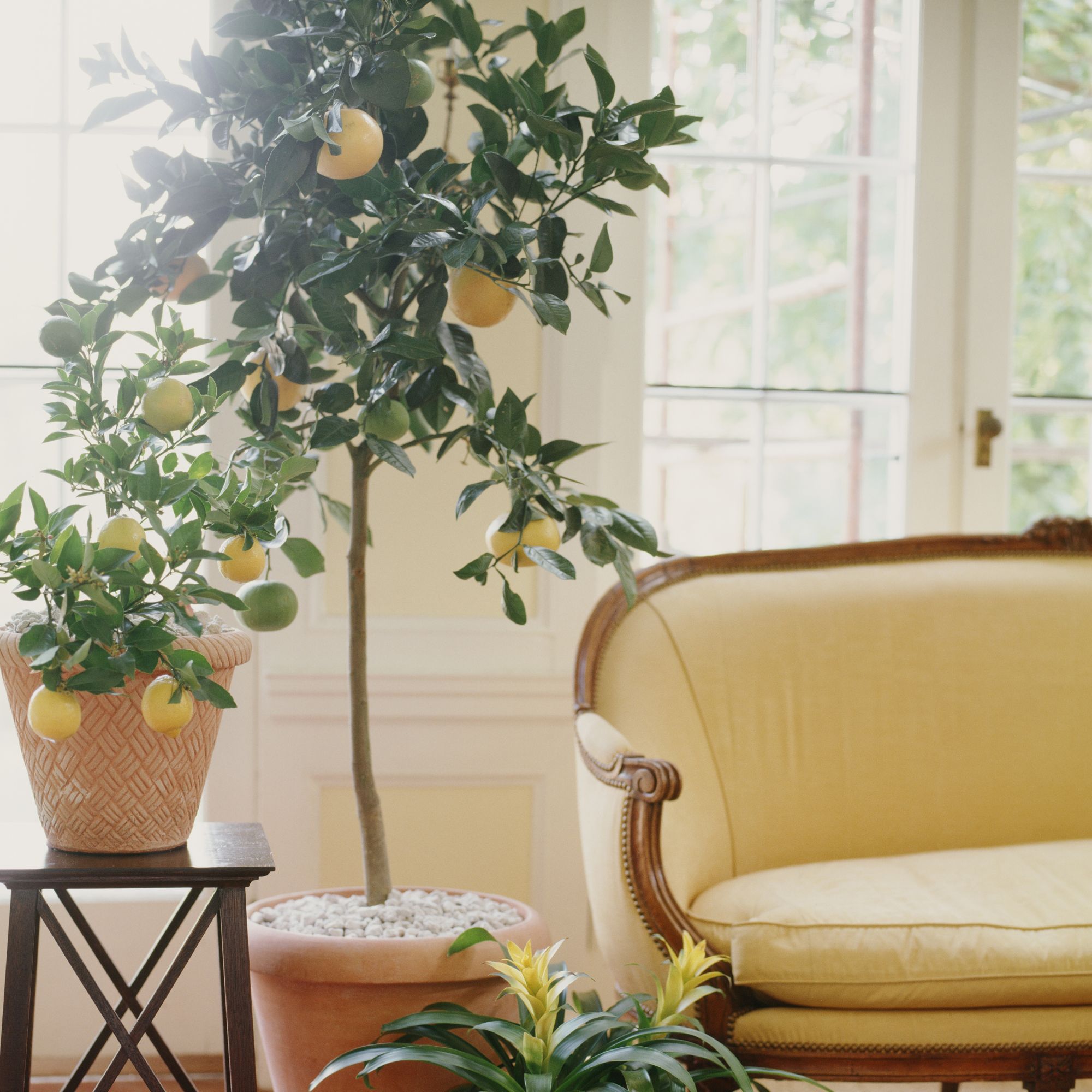 Shoppers can’t get enough of The Range’s lemon tree, but I’ve found an even cheaper bestseller at B&Q - it’s perfect for a Mediterranean look
Shoppers can’t get enough of The Range’s lemon tree, but I’ve found an even cheaper bestseller at B&Q - it’s perfect for a Mediterranean lookWelcome the summer with this glorious fruit tree
By Kezia Reynolds